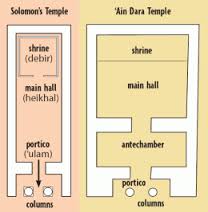It looks like you're using an Ad Blocker.
Please white-list or disable AboveTopSecret.com in your ad-blocking tool.
Thank you.
Some features of ATS will be disabled while you continue to use an ad-blocker.
share:
The 7 streams of wisdom:
How embarrassing.
7 pillars
The “Seven Pillars of Wisdom” are seven doctrinal categories that are the main supporting ‘pillars’ of almost every religious belief system in this world.
How embarrassing.
These categories are vitally important for any seeker of truth.
The Origin and Nature of the Universe
The Nature of God
The Nature of Man
The Nature of Salvation, Liberation or Enlightenment
Dimensions or Planes of Existence
The Spiritual Journey and Ultimate Destiny of Man
Cycles, Ages and the Ultimate State of the Universe
The “Seven Pillars of Wisdom” are categorized into three essential themes that dominate every worldview: God, the Universe and Man. Notice that three of the seven pillars deal primarily with the universe (The Origin and Nature of the Universe, Dimensions or Planes of Existence, and Cycles, Ages and the Ultimate State of the Universe); three deal primarily with man's situation (The Nature of Man, The Nature of Salvation, Liberation or Enlightenment, and The Spiritual Journey and Ultimate Destiny of Man); and one category deals with God (The Nature of God). The true revelation of these “Three Essential Themes” is a ‘burning bush’ that we all need to visit. From the midst of these three areas of insight, the fiery voice of God speaks to those who have ears to hear.
7 pillars
I've left it too late to edit, so another post.
Here's something which might tie up earlier strands in this thread:
Etruscan origins
Back to Wolfenz's original suggestion that there may be more than just coincidence in the stones from Gobekli Tepe.
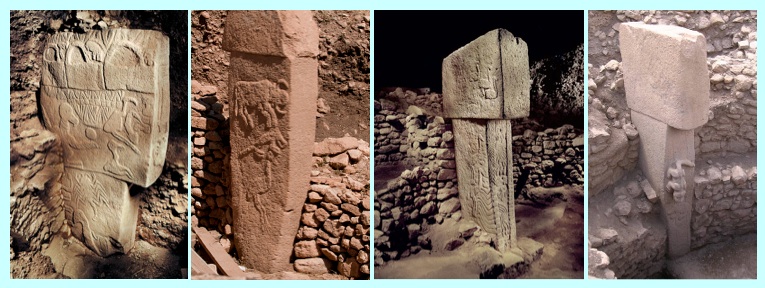
Here's something which might tie up earlier strands in this thread:
Geneticist Alberto Piazza of the University of Turin linked the Etruscans to Turkey. The team compared DNA sequences with those from men in modern Turkey, northern Italy, the Greek island of Lemnos, the Italian islands of Sicily and Sardinia and the southern Balkans. They found that the genetic sequences of the Tuscan men varied significantly from those of men in surrounding regions in Italy, and that the men from Murlo and Volterra were the most closely related to men from Turkey. In Murlo in particular, one genetic variant is shared only by people from Turkey.[44][45][46]
Etruscan origins
Back to Wolfenz's original suggestion that there may be more than just coincidence in the stones from Gobekli Tepe.

reply to post by beansidhe
I'd overlooked the Taexali yeah, good one. You made some good points there I will investigate. The Votadini actually interest me, it wouldn't surprise me in the slightest if they were actually Vota's. Again it is Heroditus who is left to describe the people of North Western Russia (who if you follow the Scythian route of my map earlier in the thread haha, are very much hanging around that area at the time of Vikings.
Vota's (Votes)
I'd overlooked the Taexali yeah, good one. You made some good points there I will investigate. The Votadini actually interest me, it wouldn't surprise me in the slightest if they were actually Vota's. Again it is Heroditus who is left to describe the people of North Western Russia (who if you follow the Scythian route of my map earlier in the thread haha, are very much hanging around that area at the time of Vikings.
Vota's (Votes)
reply to post by beansidhe
By the way, I'm sorry for making you almost choke on a Quaver, nobody should have to go through that. I hate that feeling when you drop a Quaver on the floor and you have to decide whether it's still edible or not, it usually is but I feel kinda guilty.
By the way, I'm sorry for making you almost choke on a Quaver, nobody should have to go through that. I hate that feeling when you drop a Quaver on the floor and you have to decide whether it's still edible or not, it usually is but I feel kinda guilty.
And also..
I notice OP you have been reading McHardy's evaluation re. the Doggerland 'Bridge'. This also has to come into the equation at some point, we know they were fishing on the edge of Doggerland, we know there were settlements right on the edge of Doggerland and they must surely have had a trade network with modern mainland Britain. I have no doubt about this but we're going back even beyond 'popular' Egyptian times here, about 15,000 years. There are a hell of a lot of gaps to fill there.
I notice OP you have been reading McHardy's evaluation re. the Doggerland 'Bridge'. This also has to come into the equation at some point, we know they were fishing on the edge of Doggerland, we know there were settlements right on the edge of Doggerland and they must surely have had a trade network with modern mainland Britain. I have no doubt about this but we're going back even beyond 'popular' Egyptian times here, about 15,000 years. There are a hell of a lot of gaps to fill there.
Good stuff, info like this is one of the reason I came back to ATS.
Now I'm a bit late, wanting to share some observations, regarding the Masonic connection and modern usage of these symbols.
I tend to get carried away, I'll post want I see you tell me if its crap.
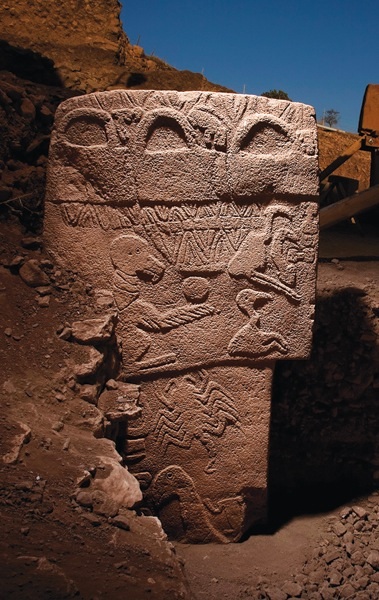
The bird holding the orb reminded me of the eagle or Phoenix on the dollar bill.
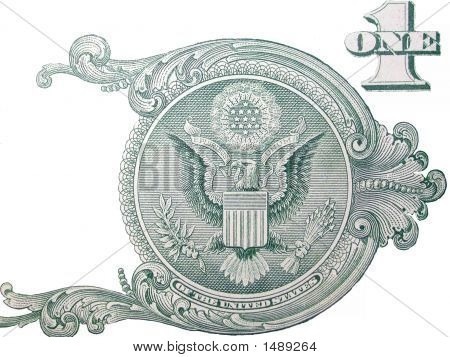
The above reminded me of Cody's post.
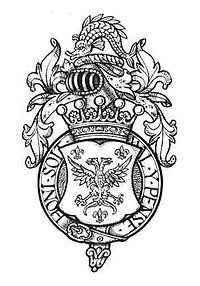
Perhaps the dolphin is hinted to in the flourishes that bracket the top and bottom of the seal on the Dollar.
Thank you
Now I'm a bit late, wanting to share some observations, regarding the Masonic connection and modern usage of these symbols.
I tend to get carried away, I'll post want I see you tell me if its crap.

The bird holding the orb reminded me of the eagle or Phoenix on the dollar bill.

The above reminded me of Cody's post.

Perhaps the dolphin is hinted to in the flourishes that bracket the top and bottom of the seal on the Dollar.
Thank you
reply to post by Observationalist
Oh yes, they are waves aren't they, the flourishes? I don't think your connections are crap, I think it's all relevant and if you noticed earlier, there do seem to be possibilities of at least shared knowledge or symbols with the Masons/Templars.
Glad you joined us!
There seem to be layers and layers of shared symbols and similarities popping up, and those that pop up the most frequently do need be taken seriously, because they have meaning. (obviously!)
Oh yes, they are waves aren't they, the flourishes? I don't think your connections are crap, I think it's all relevant and if you noticed earlier, there do seem to be possibilities of at least shared knowledge or symbols with the Masons/Templars.
Glad you joined us!
There seem to be layers and layers of shared symbols and similarities popping up, and those that pop up the most frequently do need be taken seriously, because they have meaning. (obviously!)
Ramcheck
reply to post by beansidhe
I'd overlooked the Taexali yeah, good one. You made some good points there I will investigate. The Votadini actually interest me, it wouldn't surprise me in the slightest if they were actually Vota's. Again it is Heroditus who is left to describe the people of North Western Russia (who if you follow the Scythian route of my map earlier in the thread haha, are very much hanging around that area at the time of Vikings.
Vota's (Votes)
I know, we haven't even got round to the Scythians yet! To me Votadini sounds like a Latin interpretation of something else, so Votas is an excellent idea. I'm sure there were Attacotti as well? Maybe that came from Bede, I can't quite remember at the moment.
It's starting to look very much as if there were bustling cross-cultural societies in Europe, which is not my understanding of the early bronze age, but maybe that's just me.
Sweden in particular seems to share similarities in art, from Northern Europe.
Doggerland must hold so many pieces of the puzzle, and they're just gone from history now. It's frustrating, because we have no idea who lived there, what monuments it may have housed etc. But agreed, yes it is going much further back than I imagined we would and leaves enormous gaps in our understanding
Quavers, lol! Personally I've yet to come across a Quaver that's inedible. They're strangely resilient.
I also think, that maybe I've discovered what the 'horseshoe' symbol could be:
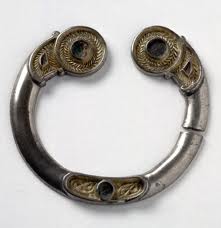
According to Barry Cunliffe (who has his own theory about Celtic culture spreading from the West), these torques were worn as a protection from God, as amulets against evil.
That would explain why we see one at a sacred well, if it was a symbol for 'being protected by God'.
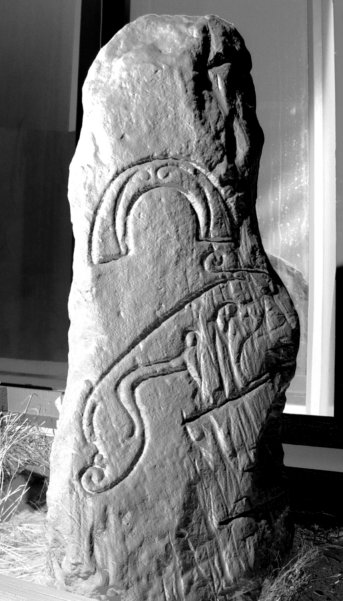
If this has been said then I'm sorry but I think the Z & V shapes are axis so it does make sense that they used mathematics along with the planet
alignments like with Stonehenge. Could be showing a doorway to another dimension.
reply to post by Sk8ergrl
It has sort of been said, but not as axis. The interesting thing (to me) is that the angles are always the same - they're quite specific. Other people in the thread have linked the Z rod and double discs to this world/otherworld, which is a very druidy thing. The other thing the Z rod could represent is battle/war, a very tribal thing.
It's funny how these things connect with people, as if we have some vague folk memory of what they mean...
It has sort of been said, but not as axis. The interesting thing (to me) is that the angles are always the same - they're quite specific. Other people in the thread have linked the Z rod and double discs to this world/otherworld, which is a very druidy thing. The other thing the Z rod could represent is battle/war, a very tribal thing.
It's funny how these things connect with people, as if we have some vague folk memory of what they mean...
Observationalist
Good stuff, info like this is one of the reason I came back to ATS.
Now I'm a bit late, wanting to share some observations, regarding the Masonic connection and modern usage of these symbols.
I tend to get carried away, I'll post want I see you tell me if its crap.
Thank you
Narmer Mace Head, Egypt first dynasty.
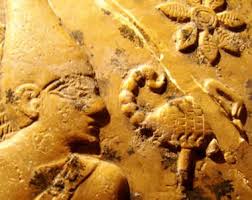
First Dynasty

This scorpion line goes back to established families in Mesopotamia.
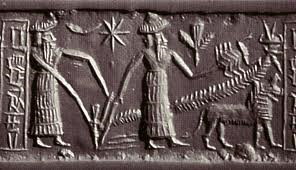
edit on 28-2-2014 by Logarock because: m
edit on 28-2-2014 by Logarock because: n
reply to post by Logarock
Speaking of Mesopotamia, look at this!
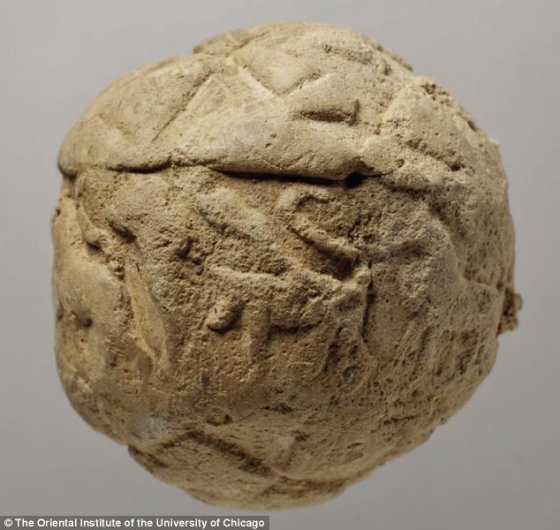
These have been discovered, and recently re-examined, in western Iran and date to around 5000 years ago. They are uncannily like the petrospheres from Scotland!! The people examining them think they may have something to do with data storage and numerical literacy.
Full article-message to eagle
Speaking of Mesopotamia, look at this!

These have been discovered, and recently re-examined, in western Iran and date to around 5000 years ago. They are uncannily like the petrospheres from Scotland!! The people examining them think they may have something to do with data storage and numerical literacy.
Full article-message to eagle
edit on 28-2-2014 by beansidhe because: sp
reply to post by beansidhe
With regards to the Arc, I am of the assumption that it represents the entrance to a Mithraeum. There are three also on Observationalist's photo of the stone from Göbekli Tepe.
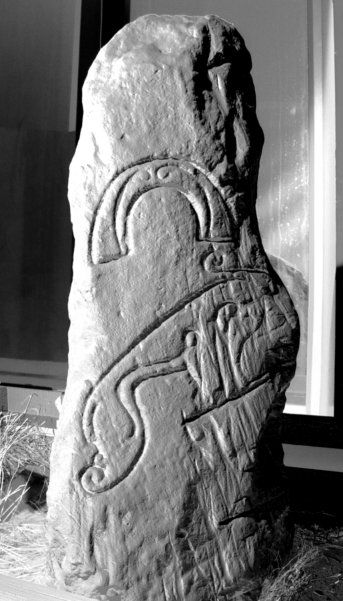

It appears on the Crosskirk stone in Sutherland.
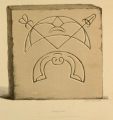
On the Strathpeffer stone near Dingwall
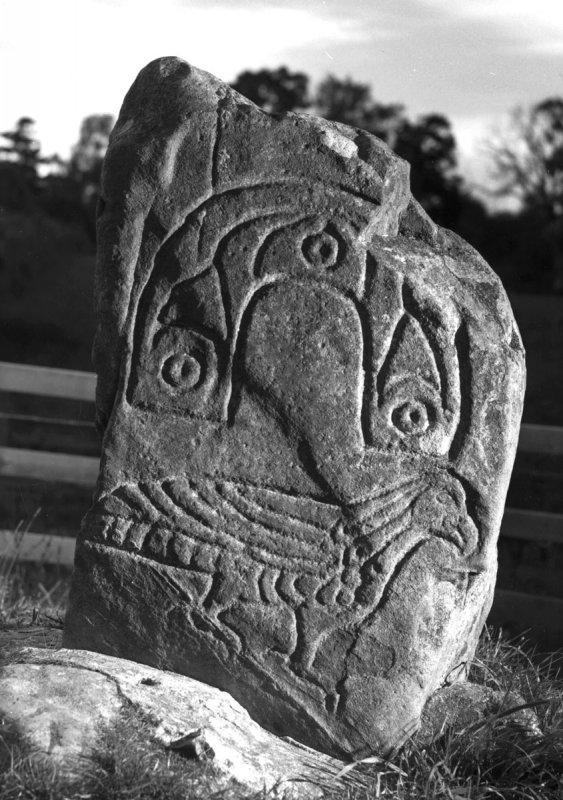
And Sandness stone in Shetland.
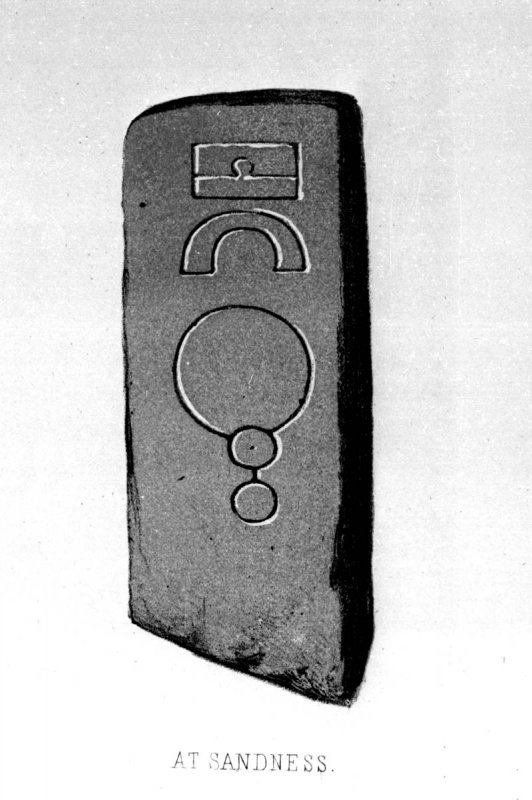
Three very different places, hundreds of miles apart. It suggests to me that some form of Roman Mithraism was being practiced by the Druids. Perhaps the real reason for Hadrians Wall and the Antonine Walls being built was to keep the Northern tribes locked in to keep Mithraists from the new southern religion of Christianity for as long as possible. If so then it certainly worked. At least until the 8th or 9th century when Celtic crosses started springing up all over the place. The same time as the Picts 'disappeared' from pre-history incidentally.
With regards to the Arc, I am of the assumption that it represents the entrance to a Mithraeum. There are three also on Observationalist's photo of the stone from Göbekli Tepe.


It appears on the Crosskirk stone in Sutherland.

On the Strathpeffer stone near Dingwall

And Sandness stone in Shetland.

Three very different places, hundreds of miles apart. It suggests to me that some form of Roman Mithraism was being practiced by the Druids. Perhaps the real reason for Hadrians Wall and the Antonine Walls being built was to keep the Northern tribes locked in to keep Mithraists from the new southern religion of Christianity for as long as possible. If so then it certainly worked. At least until the 8th or 9th century when Celtic crosses started springing up all over the place. The same time as the Picts 'disappeared' from pre-history incidentally.
beansidhe
reply to post by Logarock
Speaking of Mesopotamia, look at this!
These have been discovered, and recently re-examined, in western Iran and date to around 5000 years ago. They are uncannily like the petrospheres from Scotland!! The people examining them think they may have something to do with data storage and numerical literacy.
Full article-message to eagle
edit on 28-2-2014 by beansidhe because: sp
That is almost definitely Mushhushshu.
Mušḫuššu Wiki
Mushhushshu protected the Gods of ancient Babylon.
Apologies if Mithraism has already been covered, I actually need to go back and read the thread again from the start before I say anything else.
reply to post by Ramcheck
No it hasn't, not specifically. I'm just looking at it just now, because strangely enough I was reading Manly (so he says) P Hall last night again, to try and reacquaint myself with some esoterica, and stopped reading just as he began to talk about Mithraism in Britain, which was, by all accounts, all the rage.
I'm going to try and find an article, because it rings a bell about Wales...!
No it hasn't, not specifically. I'm just looking at it just now, because strangely enough I was reading Manly (so he says) P Hall last night again, to try and reacquaint myself with some esoterica, and stopped reading just as he began to talk about Mithraism in Britain, which was, by all accounts, all the rage.
I'm going to try and find an article, because it rings a bell about Wales...!
edit on 28-2-2014 by beansidhe because: sp
edit
on 28-2-2014 by beansidhe because: sp again!
reply to post by Ramcheck
I found this instead:
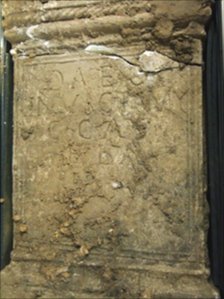
BBC 2011
I found this instead:

Two rare, carved altar stones found in East Lothian could shed new light about the Roman period in Scotland, it has been claimed.
The Roman stones were found during the redevelopment of a cricket pavilion in Lewisvale Park, Musselburgh.
Experts said they may help re-write the history books on the Roman occupation of Inveresk.
Although they were found in March 2010, it has only now become safe to fully inspect them.
Archaeologists said the stones were of "exceptional quality".
The experts from East Lothian Council, Historic Scotland and AOC Archaeology Group have been carefully removing the stones for the past year.
Only the backs and sides were visible until this month, when it was finally safe to make a full inspection.
The first stone has side panels showing a lyre and griffon as well as pictures of a jug and bowl, objects which would be used for pouring offerings on the altar.
The front face bears a carved inscription dedicating the altar to the god Mithras - the furthest north that such dedications have been discovered.
Mithraism was a religion in the Roman Empire from the 1st to 4th Centuries and the worshippers had a complex system of initiation grades.
BBC 2011
beansidhe
And another vaguely familiar shape:
Floor plans for something a bit grander than a broch, maybe?
Brilliant. Can't believe that post was overlooked, not even one star. You're almost in sync with my thinking haha. Ok here we go..
They are indeed floor plans IMHO. And they are for a Temple, of sorts. They respresent Roman Mithreaums. The 'indents' or circles represent the areas where statues would be placed - Cautopates (The Torch Bearer) most likely. I can imagine the Druids using these carvings as a 'key' in order to teach the Northern tribes the basics of how Pictish Mithraism was to work or operate. They were being taught how to go about building them, and I'm guessing they did so, but unfortunately for us they probably used Timber. Either that or they built them under the surface and they're still sitting there undiscovered. Something along the same lines as Skara Brae.
Skara Brae
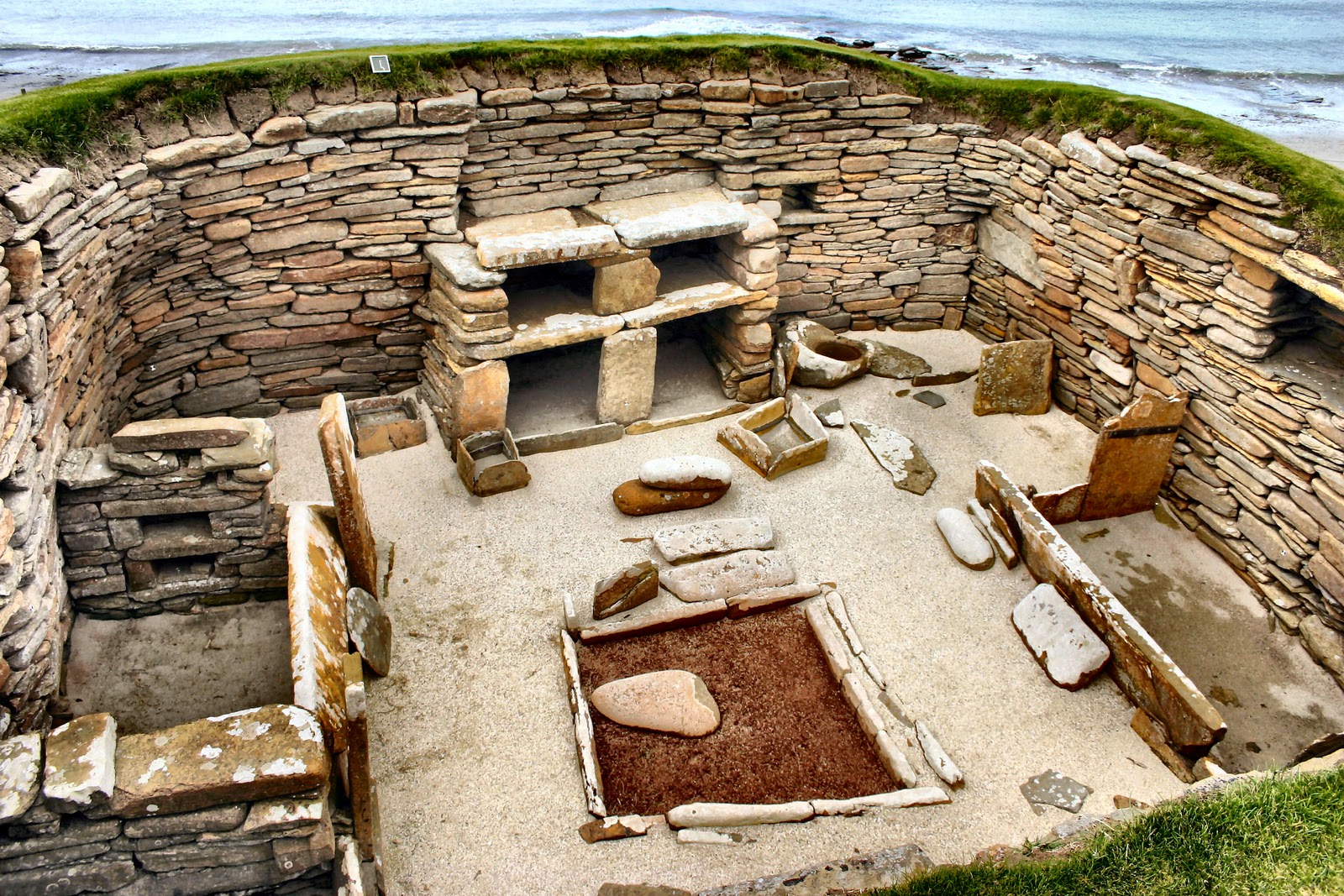
Cautopates / Cautes
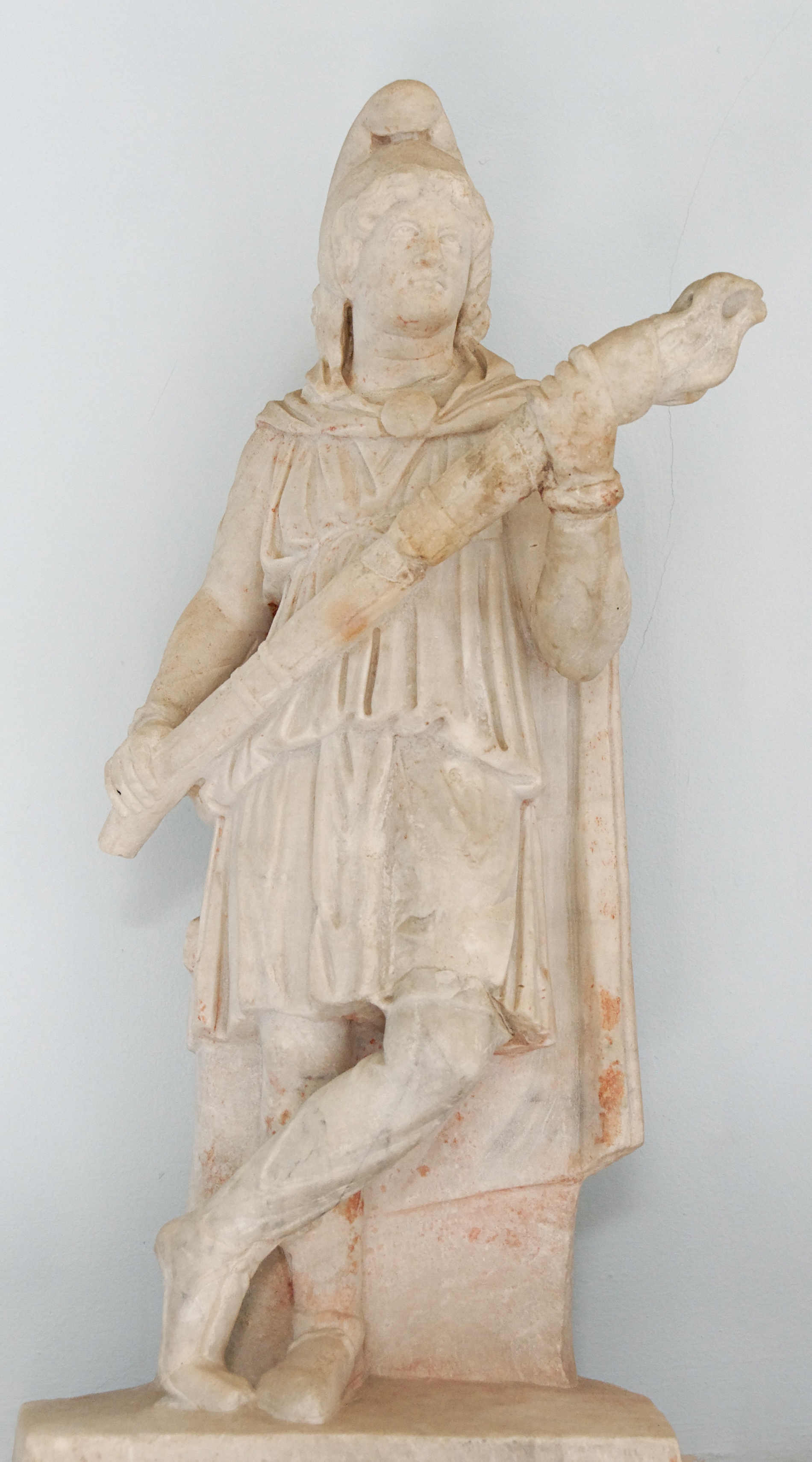
And this is a Mithreaum which still stands today close to Hadrians wall in Northumbria.
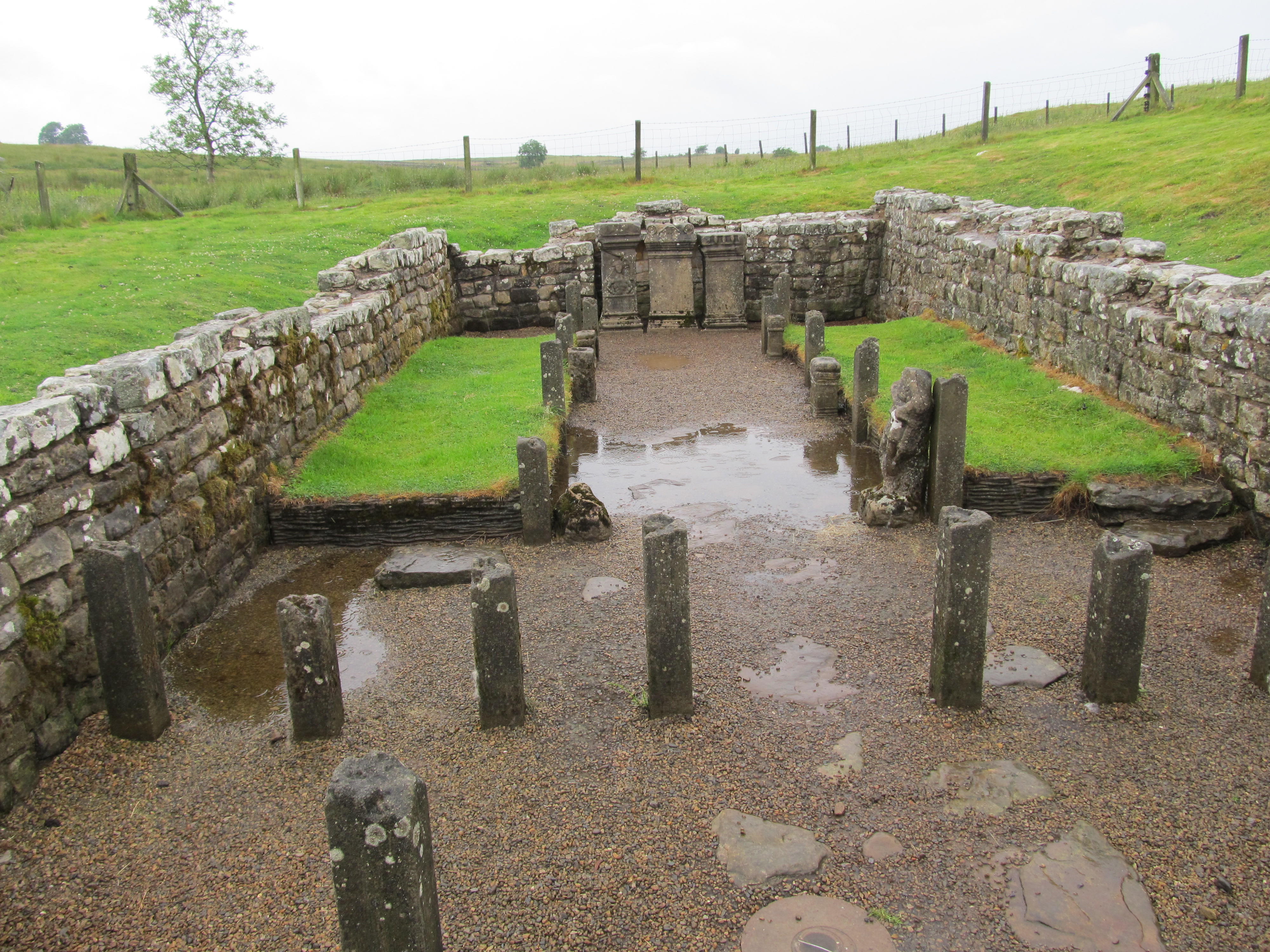
As for Mithreaum in Scotland, one was discovered in 2012 at Inveresk in East Lothian.
Excavations on the eastern edge of the fort complex of Inveresk in East Lothian have revealed the first evidence for the cult of Mithras in Scotland. The excavations, for East Lothian Council by AOC Archaeology Group, preceded the rebuilding of the cricket pavilion after it was burnt down. The findspot is over 750 m from the fort, in an area where little Roman activity was previously known.
Excavations exposed part of a sub-rectangular sunken feature 6.1 m long, at least 4.1 m wide and 0.65 m deep. Buried face-down at its north-west end were two intact altars, both offered by the same person, C Cassius Fla[vianus?], a centurion.
One is dedicated to Sol and bears a bust of the god, his pierced eyes and radiate crown allowing light to shine through from a recess carved in the rear; the capital carries busts of the four seasons.
The other is dedicated to Mithras, with imagery linked to Apollo (lyre, plectrum and griffin) and sacrificial implements carved on the sides. Traces of pigment survive on both altars. Close by was an altar base.
Inveresk was only occupied in the Antonine period … Was the sunken feature a timber-built mithraeum?
Full Article - Newly Discovered Mithreaum In Scotland
Stone from Inveresk featuring a Mirror
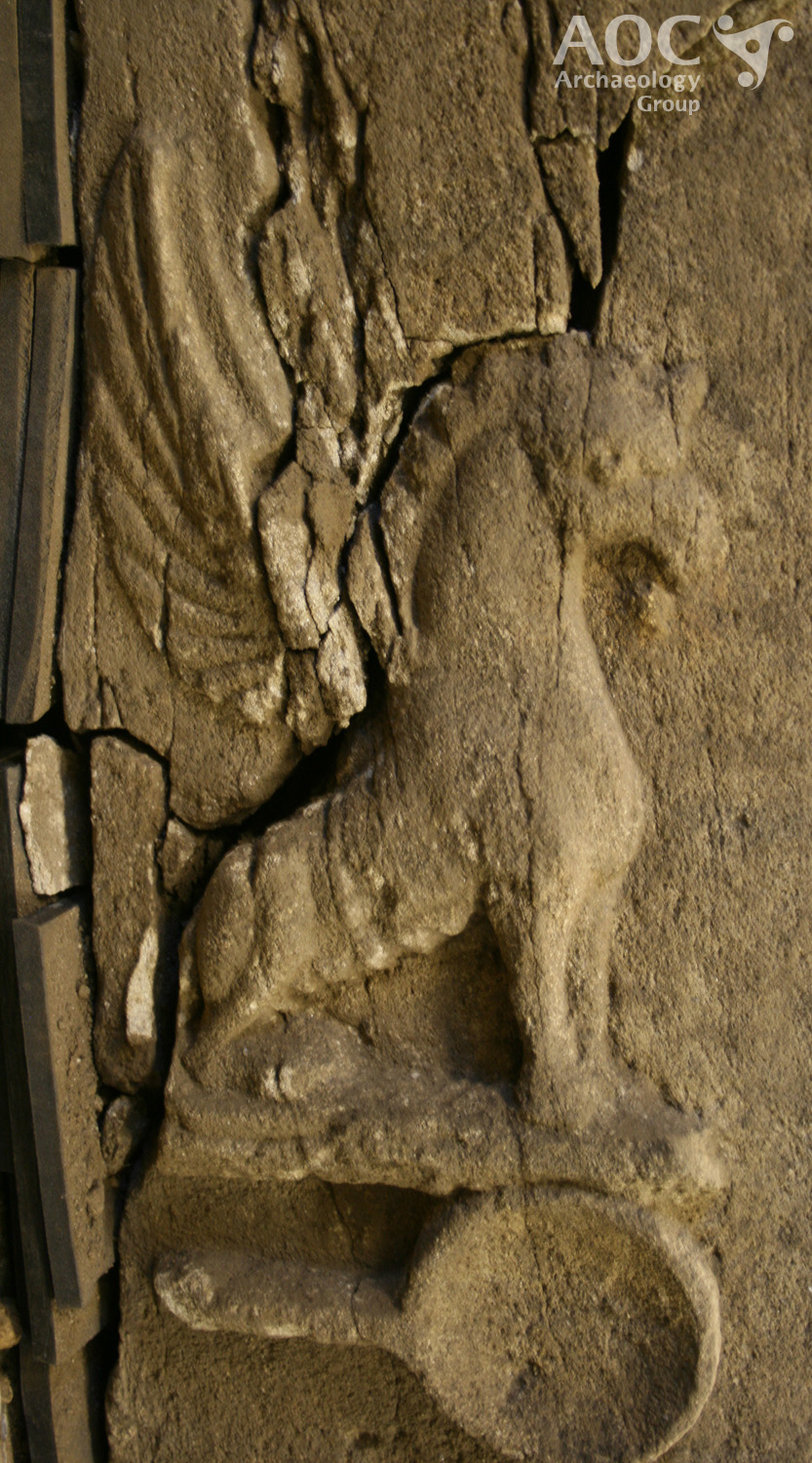
Stone from Inveresk depicting the Torch Bearer
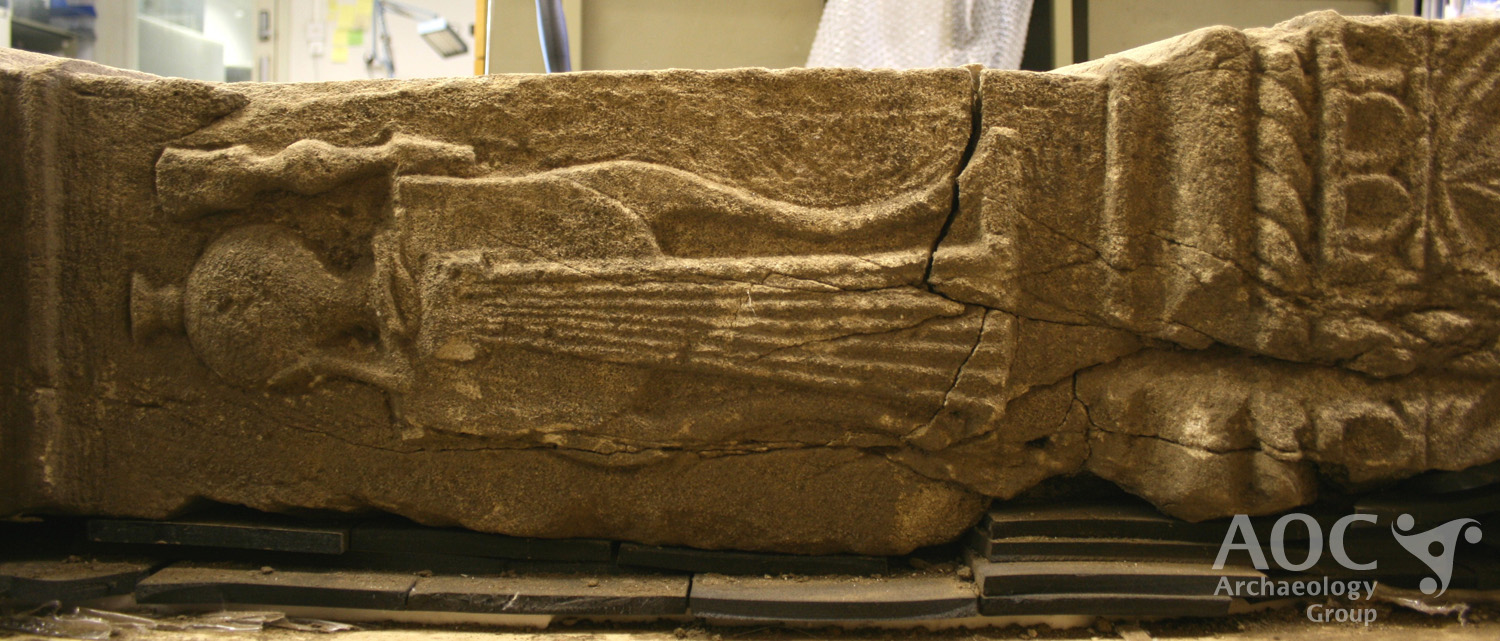
Again, apologies if this has been covered, I'm reading the thread again but I had to address this particular post.
new topics
-
Spiritual Solstice
Short Stories: 1 hours ago -
'Mass Casualty event' - Attack at Christmas market in Germany
Mainstream News: 11 hours ago
top topics
-
'Mass Casualty event' - Attack at Christmas market in Germany
Mainstream News: 11 hours ago, 26 flags -
Biden Nationalizes Another 50,000+ Student Loans as He Heads for the Exit
US Political Madness: 16 hours ago, 8 flags -
Search to Resume for MH 370
Disaster Conspiracies: 13 hours ago, 4 flags -
Sue Gray, Sir Keir Starmer's former Chief of Staff, Nominated for Peerage
Regional Politics: 15 hours ago, 3 flags -
Spiritual Solstice
Short Stories: 1 hours ago, 0 flags
active topics
-
'Mass Casualty event' - Attack at Christmas market in Germany
Mainstream News • 98 • : Naftalin -
Mood Music Part VI
Music • 3752 • : BrucellaOrchitis -
Search to Resume for MH 370
Disaster Conspiracies • 7 • : Flyingclaydisk -
Spiritual Solstice
Short Stories • 1 • : BingoMcGoof -
An Interesting Conversation with ChatGPT
Science & Technology • 31 • : BrucellaOrchitis -
Why isn't Psychiatry involved?
Social Issues and Civil Unrest • 28 • : BrucellaOrchitis -
Smartest Man in the World Tells His Theory About What Happens At Death
Philosophy and Metaphysics • 51 • : whereislogic -
Drones everywhere in New Jersey ---and Elsewhere Master Thread
Aliens and UFOs • 205 • : GENERAL EYES -
-@TH3WH17ERABB17- -Q- ---TIME TO SHOW THE WORLD--- -Part- --44--
Dissecting Disinformation • 3771 • : 777Vader -
Democrat Governors Hold Emergency Meeting With President Biden to Assess His Mental State.
2024 Elections • 119 • : TruthJava

